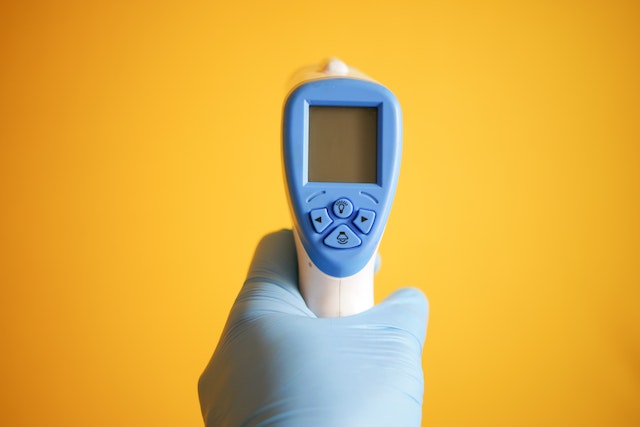Are Wireless Data Loggers Superior To USB Data Loggers?

In recent years, the world has become increasingly connected, with wireless technology driving the growth of a market that is now worth billions every year. Data loggers – used by many businesses to provide continuous monitoring of temperature, humidity, voltage, or carbon dioxide levels in controlled storage environments – have evolved with advancements in technology, with wireless models now widely available in addition to conventional USB data loggers.
If you’re considering purchasing new data loggers for your business, what are the differences between wireless and USB models?
USB Data Loggers
A USB data logger records and logs data in real time and stores this on a small integrated memory card. To retrieve the data, the user must plug the data logger into the USB port of a laptop or computer and import the files into the appropriate application – such as TempIT where the data are stored. Despite the growth in wireless technology, USB data loggers remain a popular option for several reasons:
- USB data loggers are easy to install and use, with no expert technical knowledge required (some models simply need a press of a button to start collecting and storing readings).
- To access the data, the data logger is simply retrieved and plugged into a USB port on a computer or laptop and a PDF report will be created, with easy-to-read graphs providing a clear insight.
- USB data loggers are available in single-use format or can be refitted with batteries for repeated use.
- The data collected by USB data loggers is safe even if Internet signal is lost, or no network is available.
Wireless Data Loggers
Wireless-enabled data logging systems continuously collect vital data, thereby eradicating the need for a staff member to manually conduct measurements and recordings throughout the day. But data is useless if it isn’t retrieved and analysed, which is where a wireless data logger comes into its own:
- Data is uploaded wirelessly to an associated app or a destination in the Cloud.
- Once uploaded, the data can be read and analysed at any time and from any location globally by authorised users.
- Real-time data enables staff to respond quickly if a problem arises that could compromise the condition of products in storage.
- Alerts can be triggered automatically by email or SMS should the conditions exceed preset parameters.
Wireless Data Loggers Vs. USB Data Loggers: Which Is The Best Choice?
Whether a wireless or a USB data logger is the better choice depends partly on the application. If you need real-time access to data for urgent applications, then wireless models are the best option, as the information can be quickly retrieved from the Cloud from anywhere in the world. However, if there is no reliable Internet connection or the data is considered too sensitive to transmit over an unencrypted network, USB loggers provide a rugged and reliable solution.
For More Information, Contact Signatrol
To find out more about our range of data loggers for the food, pharmaceutical, and industrial sectors, please get in touch today on 01684 299399.
Image source: Pexels

